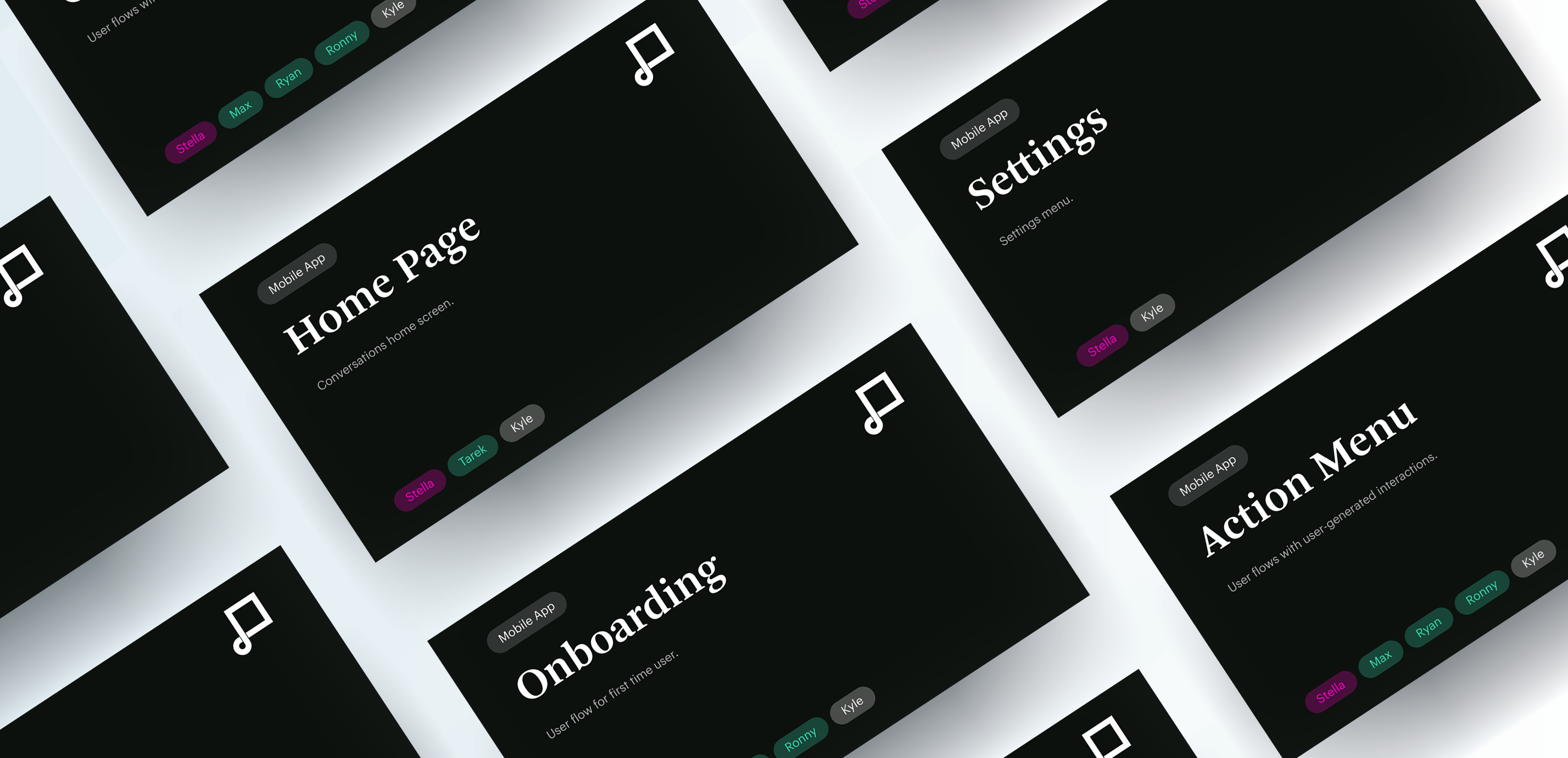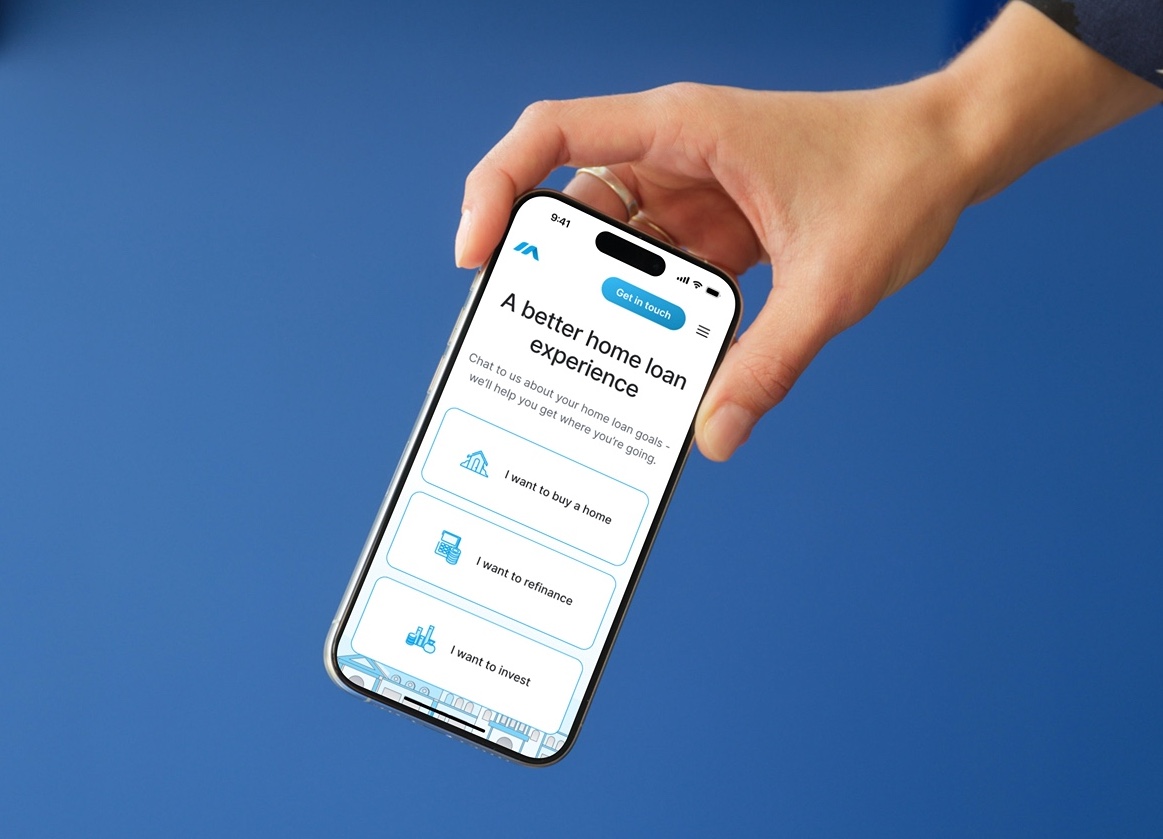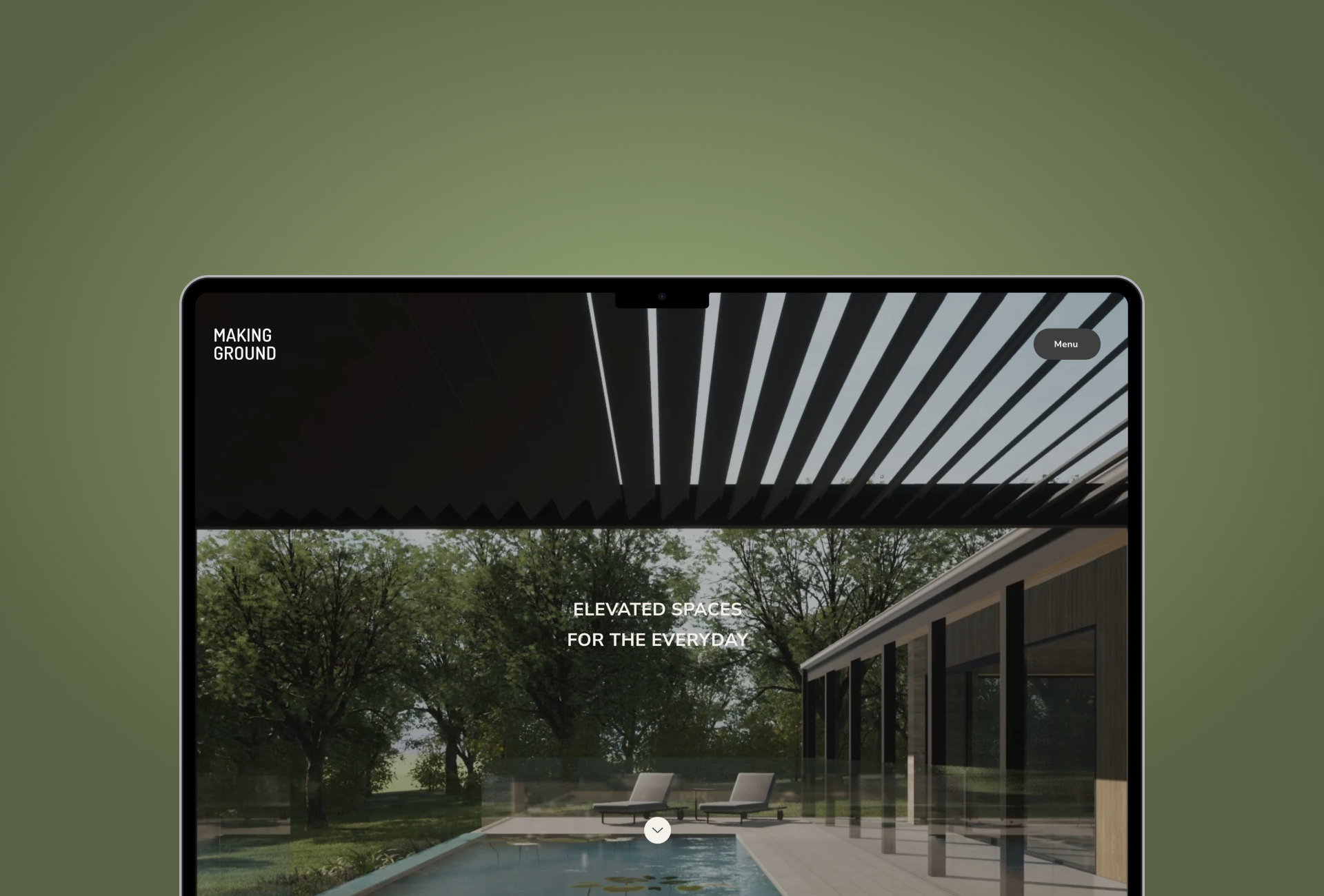Boosting productivity with assisted coordination
Fraim is focused on helping people have a deeper engagement with their work by making coordination easier with the support of AI.
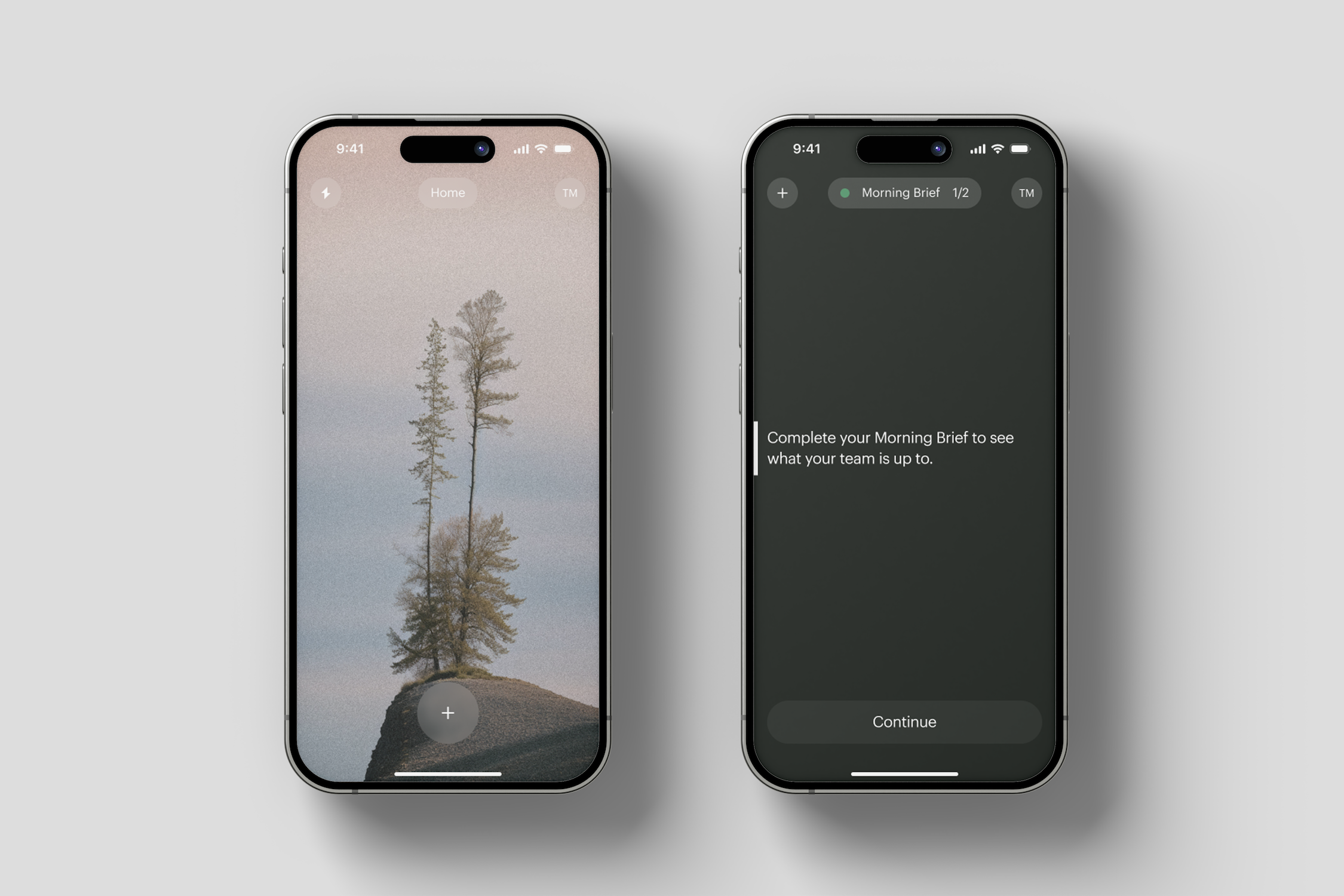
The results
- Worked with the Founder and Head of Software to translate the vision and initial ideas into prioritised features.
- Created user flows, wireframes and prototypes to validate ideas.
- Created a scalable design system for fast iteration.
- Delivered a minimum viable product from concept to launch.
Helping teams collaborate better to drive productivity.
Despite advancements in technology, current productivity levels are facing issues such as unplanned interruptions, inefficient workflows, and the need for extended focus periods to complete complex tasks. For Fraim, this signalled a need to address the barriers to productivity.
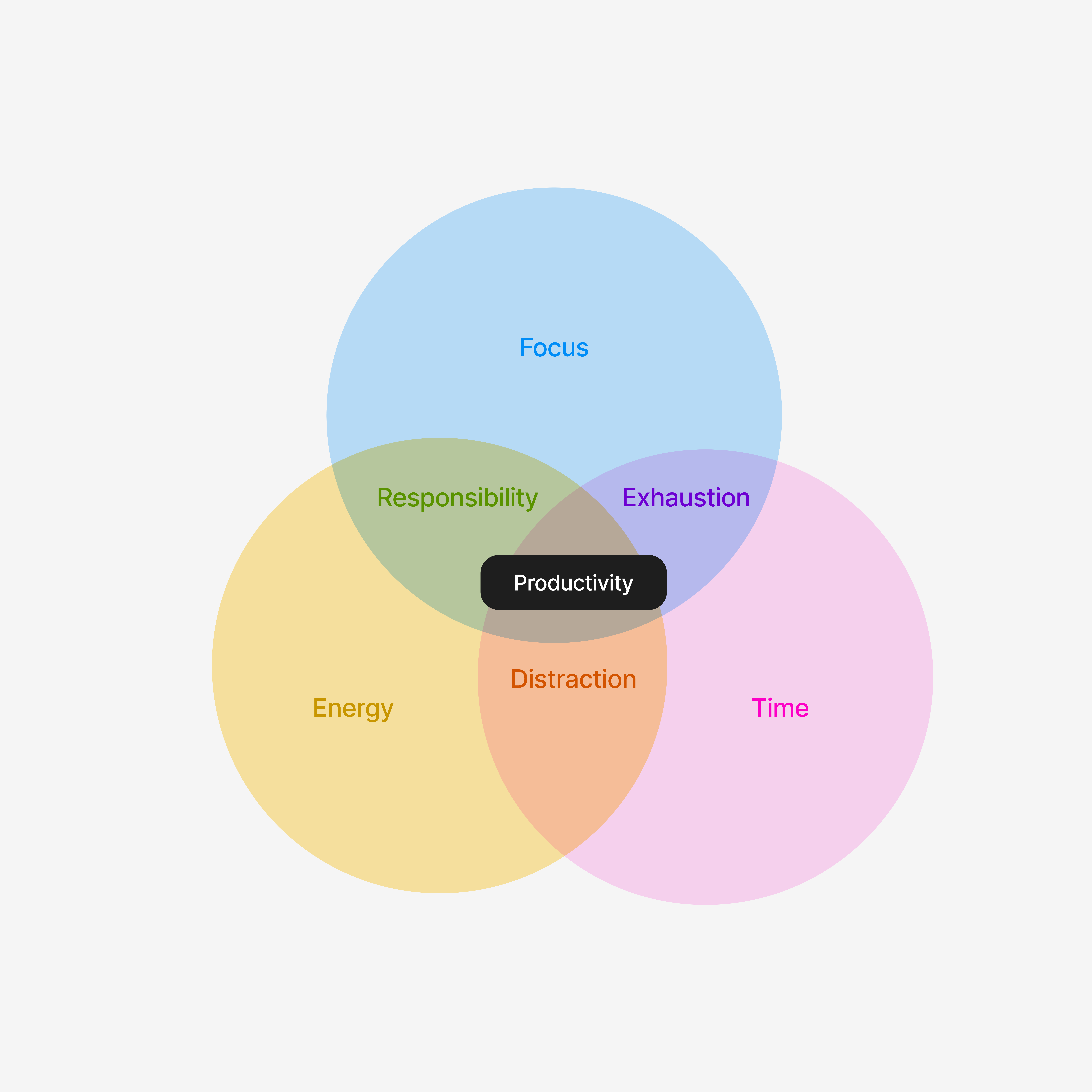
The Product
By taking a mobile-first approach, Fraim allows team members to streamline routine meetings and minimise distractions through quick, guided messages called conversations. It also enables individuals to set and track their own goals, empowering them to work autonomously towards a common objective. Tasks, notes, and goals are cleanly organised in lists, ensuring users are readily prepared to complete their day-to-day activities.
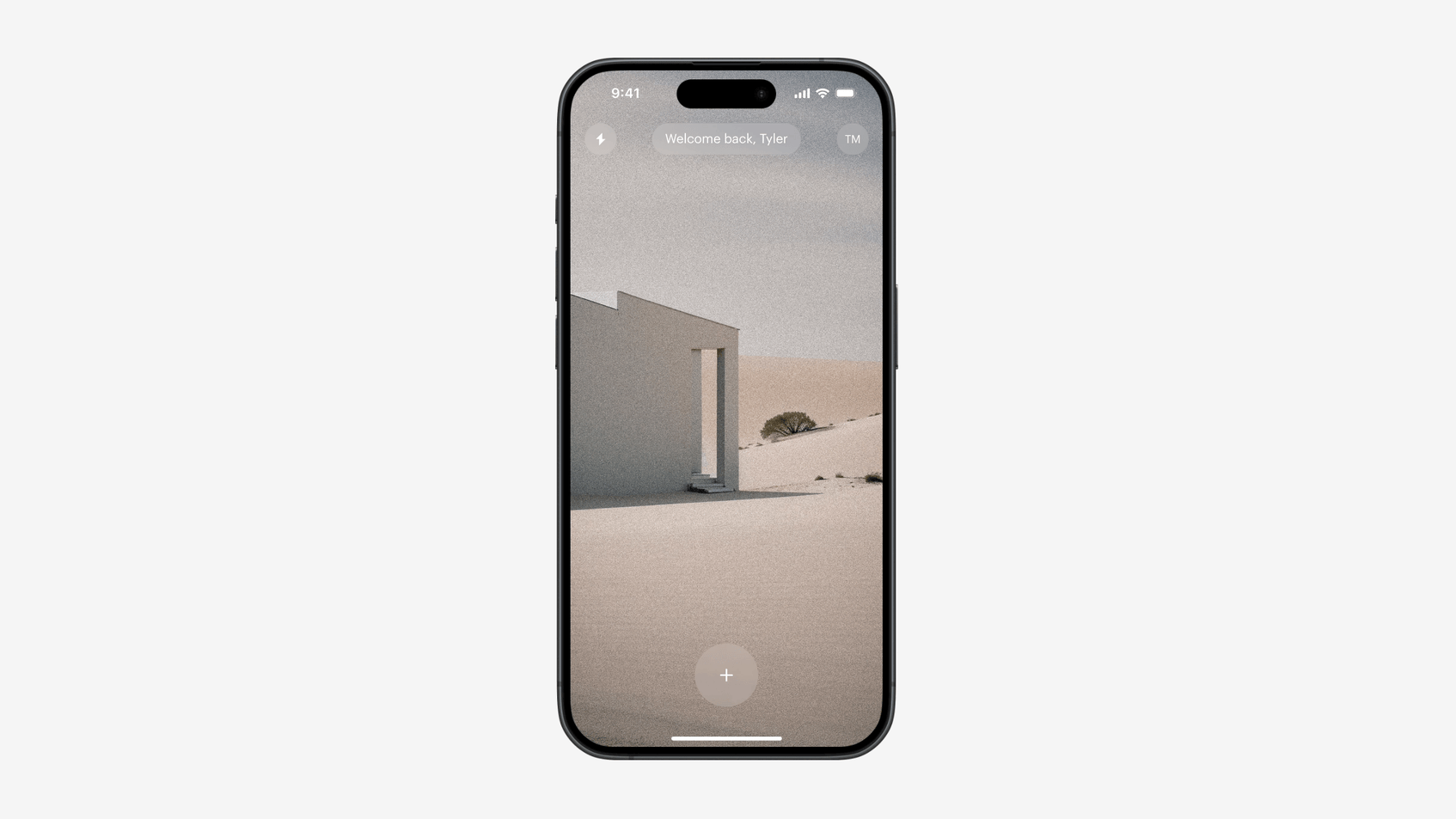
Balancing organisational priorities with individual motivations.
The concept of 'optimising coordination' is captivating because people recognise it as a challenge from all sides. Leadership teams are looking for better alignment but lack the necessary tools, methodology, or time to achieve it. At the individual level, there can be competing priorities, inconsistent work habits, and a tendency to focus on the wrong things when they don’t have sight of the bigger picture.
Our challenge was to introduce a tool to the productivity market that could alleviate these pain points for customers.
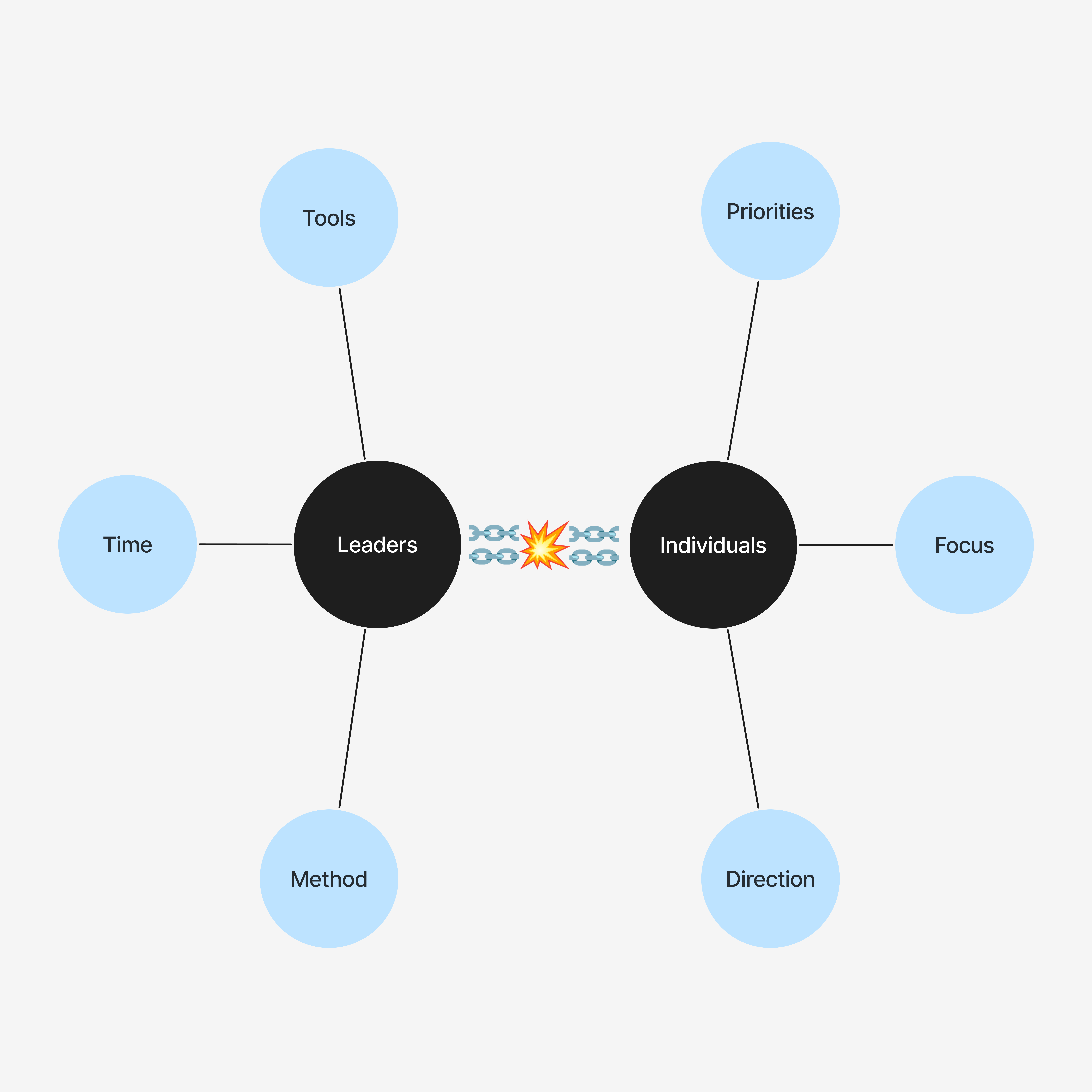
We need to help people feel connected to their work without excessive distractions or meetings.
With a fixed launch date and an extensive scope, we decided to adopt a lean approach with a focus on rapid sketching, prototyping, feedback and iterations to reach solutions quickly. This encouraged a lot of great ideas and led to early team-wide alignment. I worked with the Founder, Head of Software, and our team of engineers to design the features that would become the core of our product.








Conversations
After talking to potential customers, we discovered that both team members and managers were spending a significant amount of time in routine meetings such as daily stand-ups to provide regular status updates.
Our solution was to implement an AI-guided messaging feature called conversations. Each morning, a morning brief ‘conversation’ would get triggered in the app, and upon engagement with the team, allow managers to review and query over a summary if desired. Adopting a numbering system early was beneficial helping our team stay in sync.
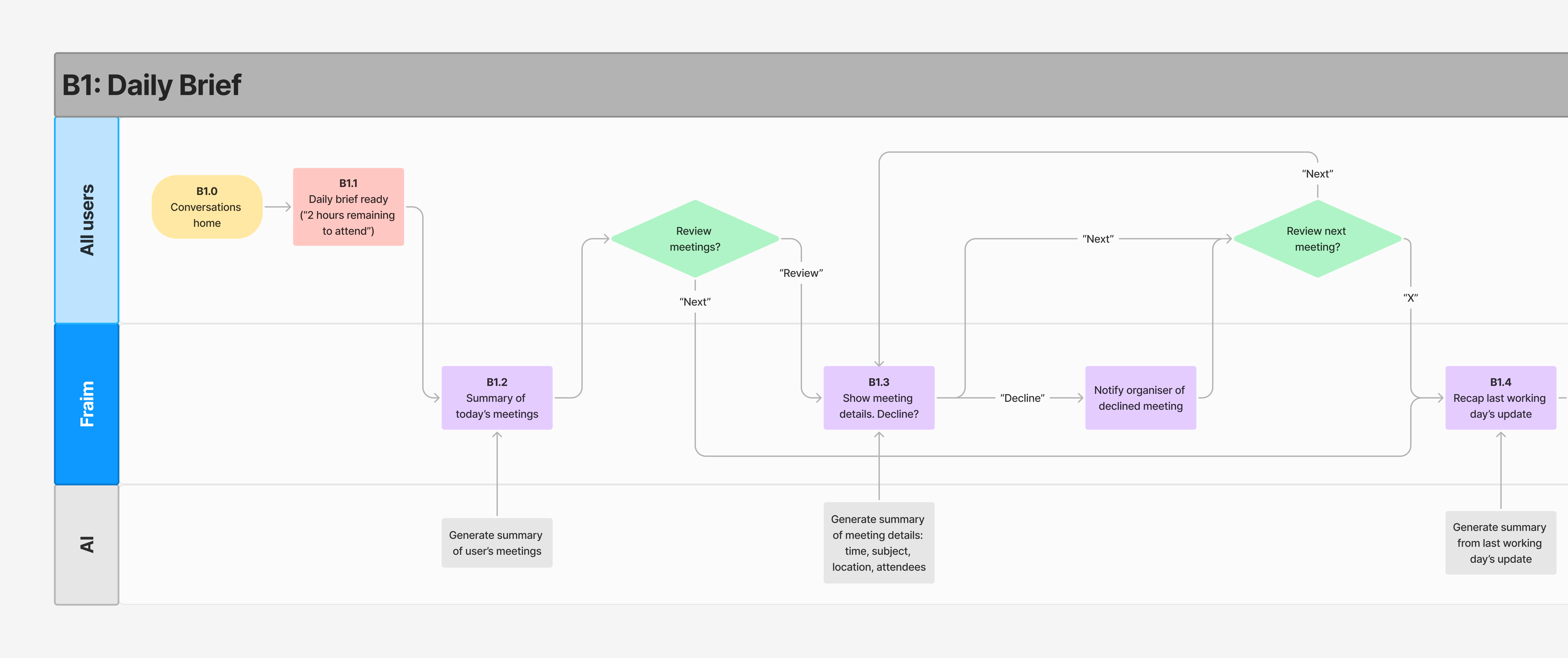

This feature also flowed into different use cases to help automate processes like Announcements, Weekly Reviews, Manager Reports, and Goal Setting (described in the next section). By automating routine tasks with AI, managers could spend more time on strategic activities, and individuals could structure their day more efficiently.



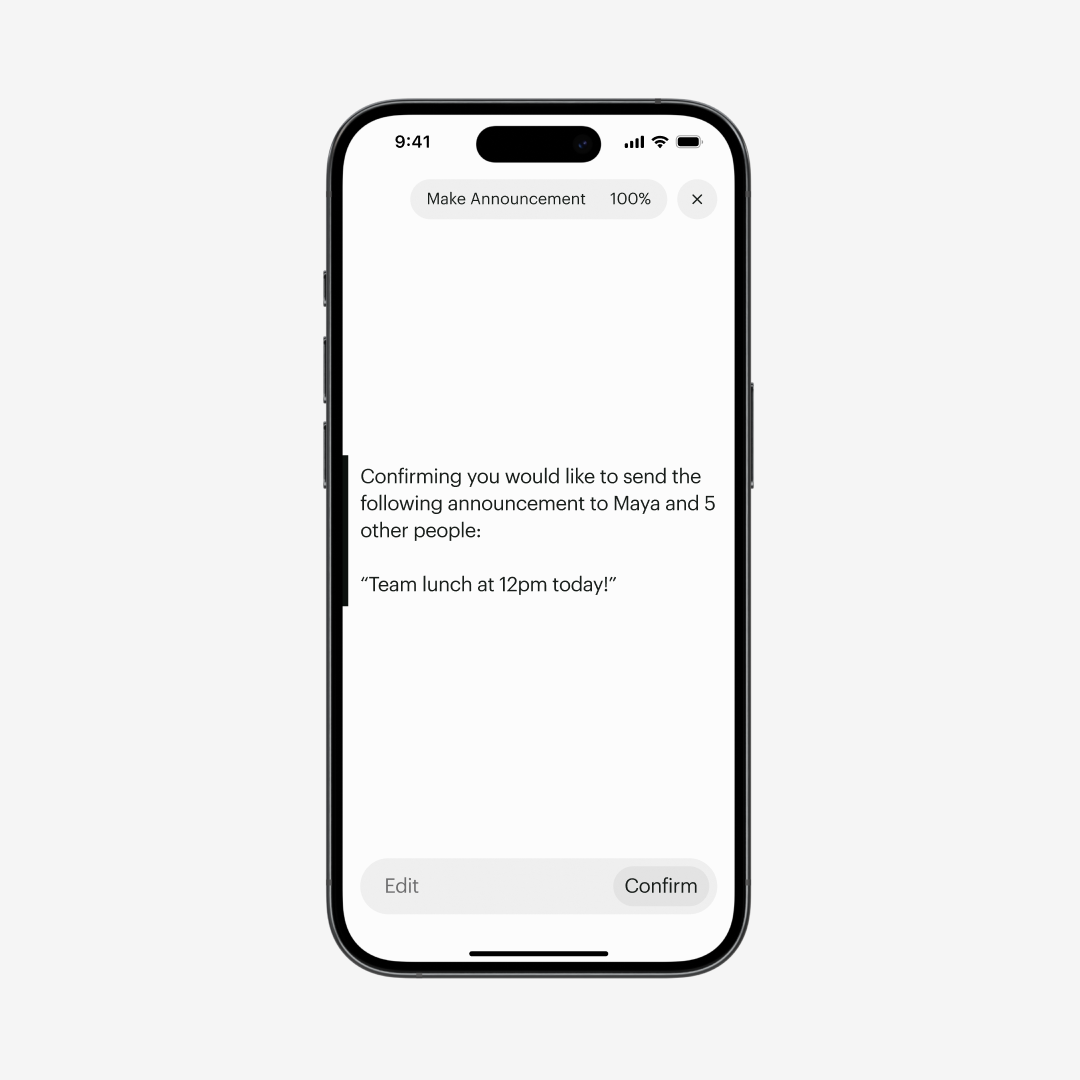
As many of these user flows were time-based with dependencies, I also mapped out how these conversations would interact with users over the course of the week to understand when notifications would need to be triggered.
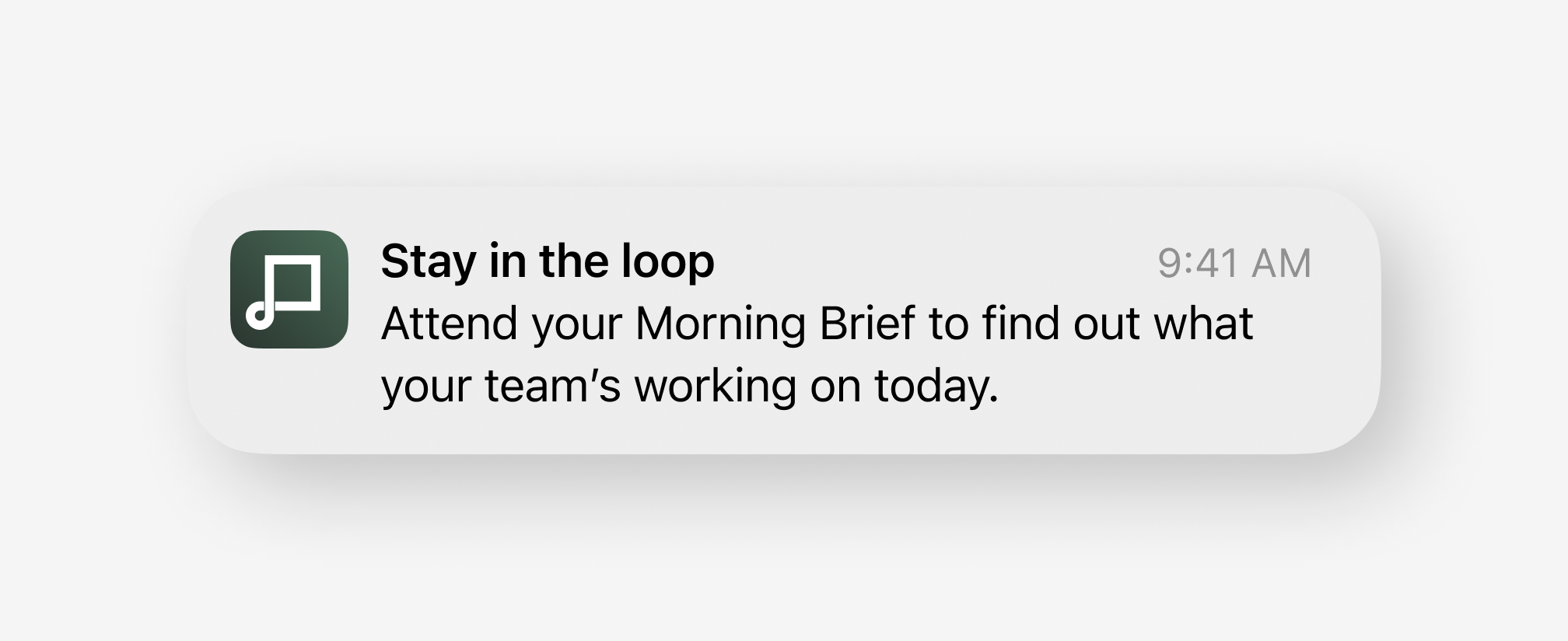
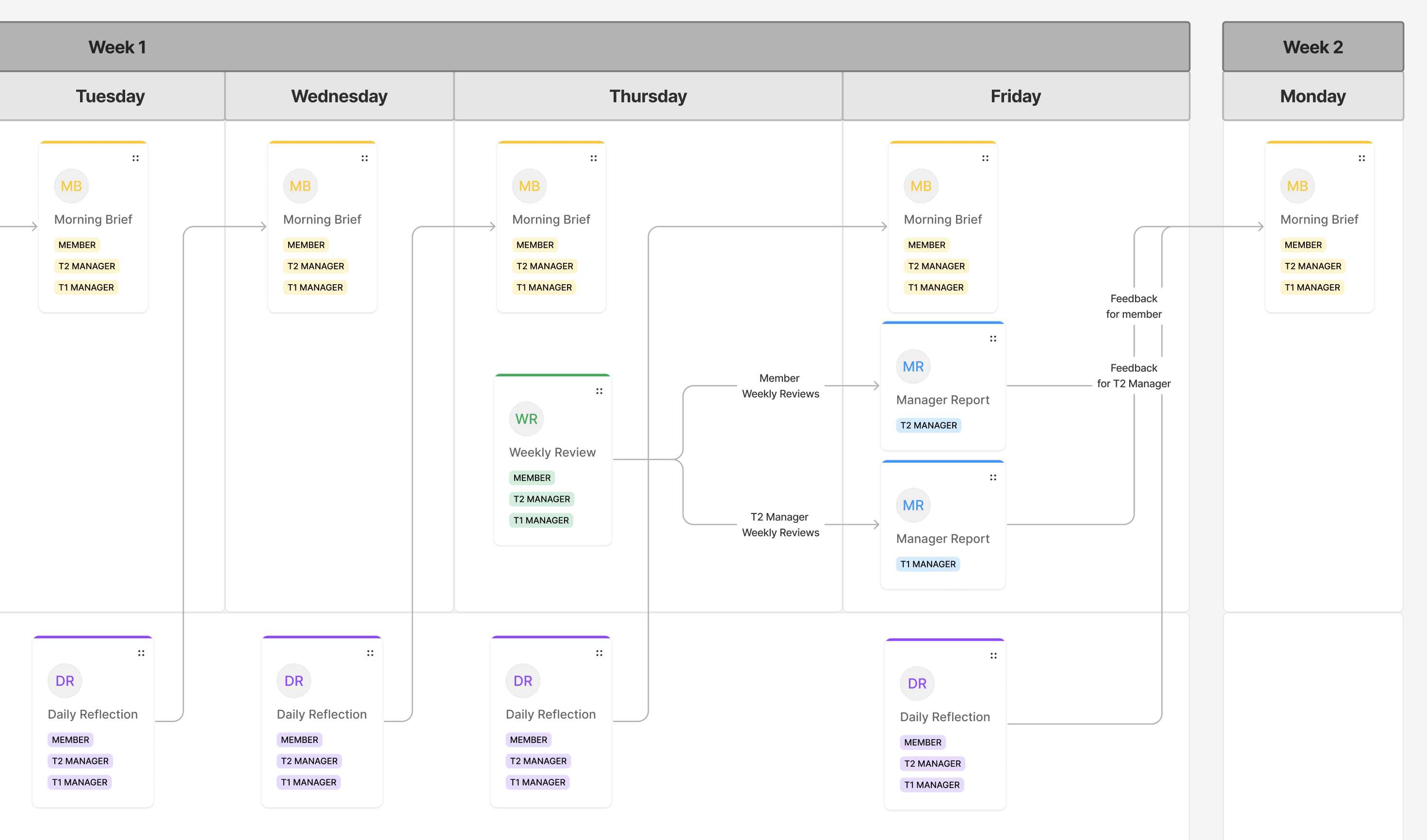
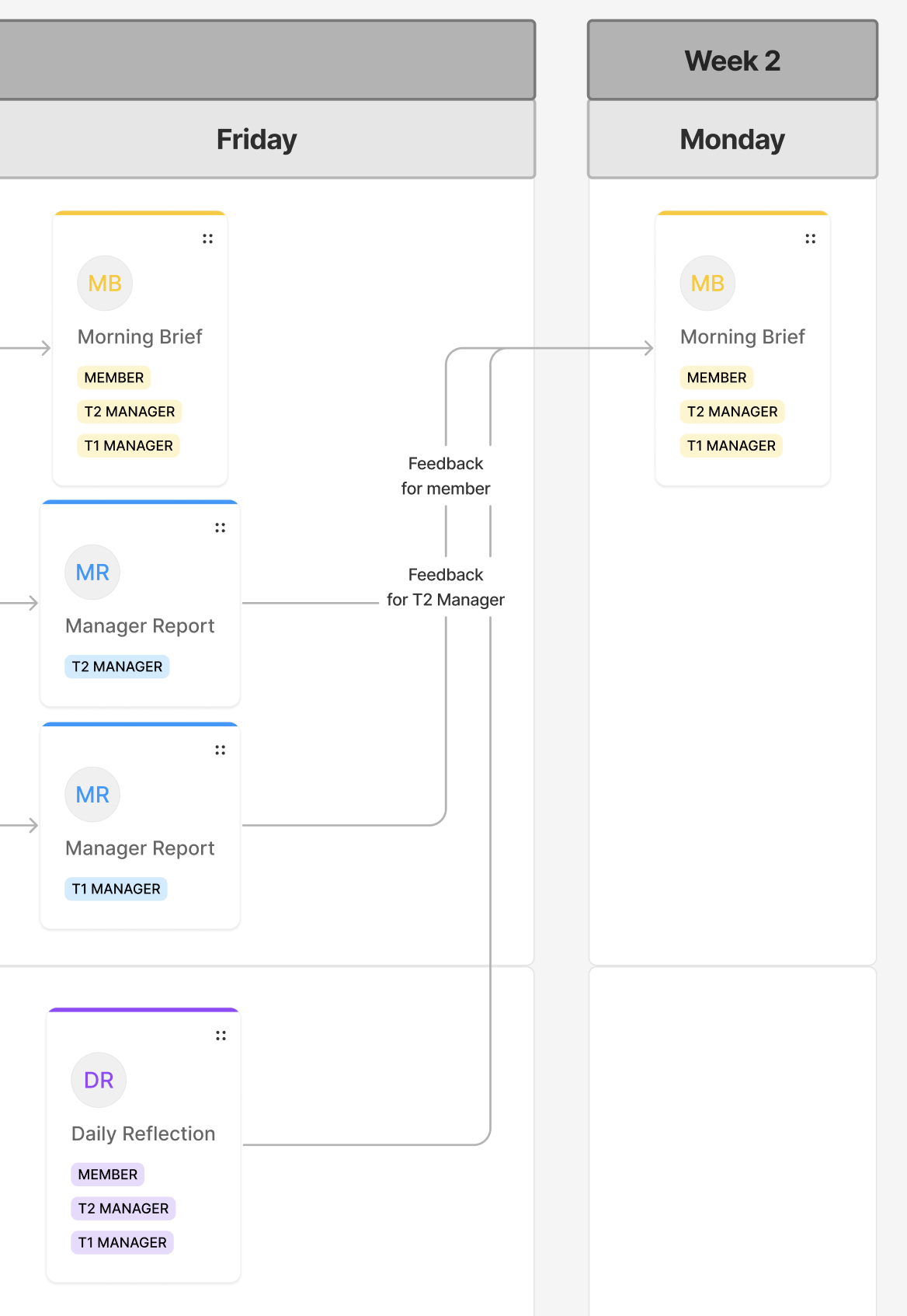
Goals
Interviews with business leaders from various industries highlighted a shared interest in an organisation-wide goal-setting framework supported by timely, relevant information to boost performance.
“Team members who understand what they need to do, and why it matters are likely to be more effective.”
It was clear that team members needed to be actively involved in the goal-setting process and have visibility of the organisation’s strategic direction in order to stay motivated.
To keep the process organic, we designed a conversation flow for goal-setting. The conversation would establish strategic priorities from management, which would then cascade down to guide individuals in creating aligned goals.


Each goal would contain activity metrics to show users how their tasks were progressing against their goals, resulting in a transparent, more productive culture.
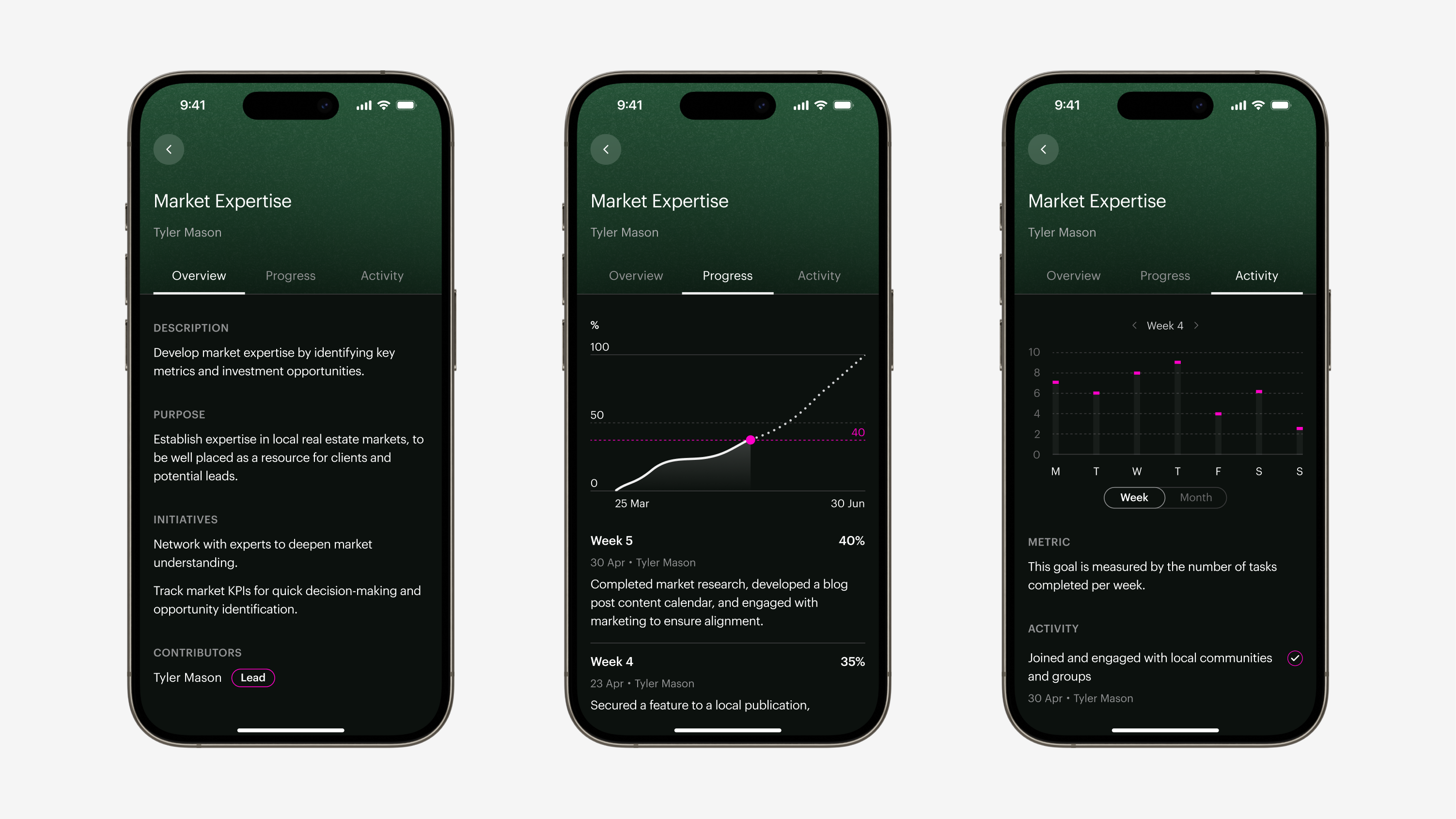
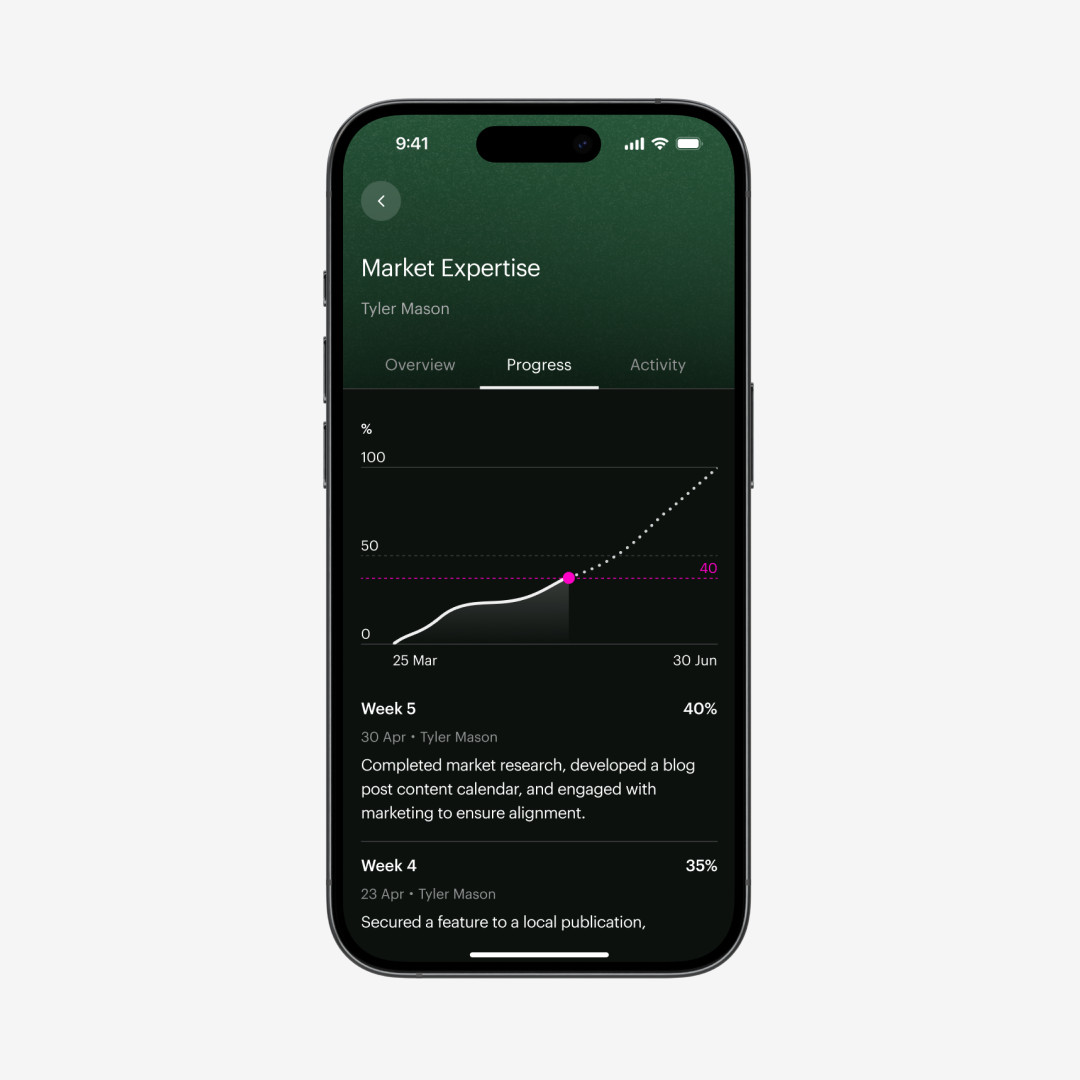
Tasks and Notes
To support activity tracking across goals, we introduced a task manager that integrated with daily conversations. As the user engaged with Fraim, AI assisted in creating new tasks and checking off existing ones, assigning them to the relevant goal. We also introduced a Notes feature that would allow messages from conversations to be saved for future reference.


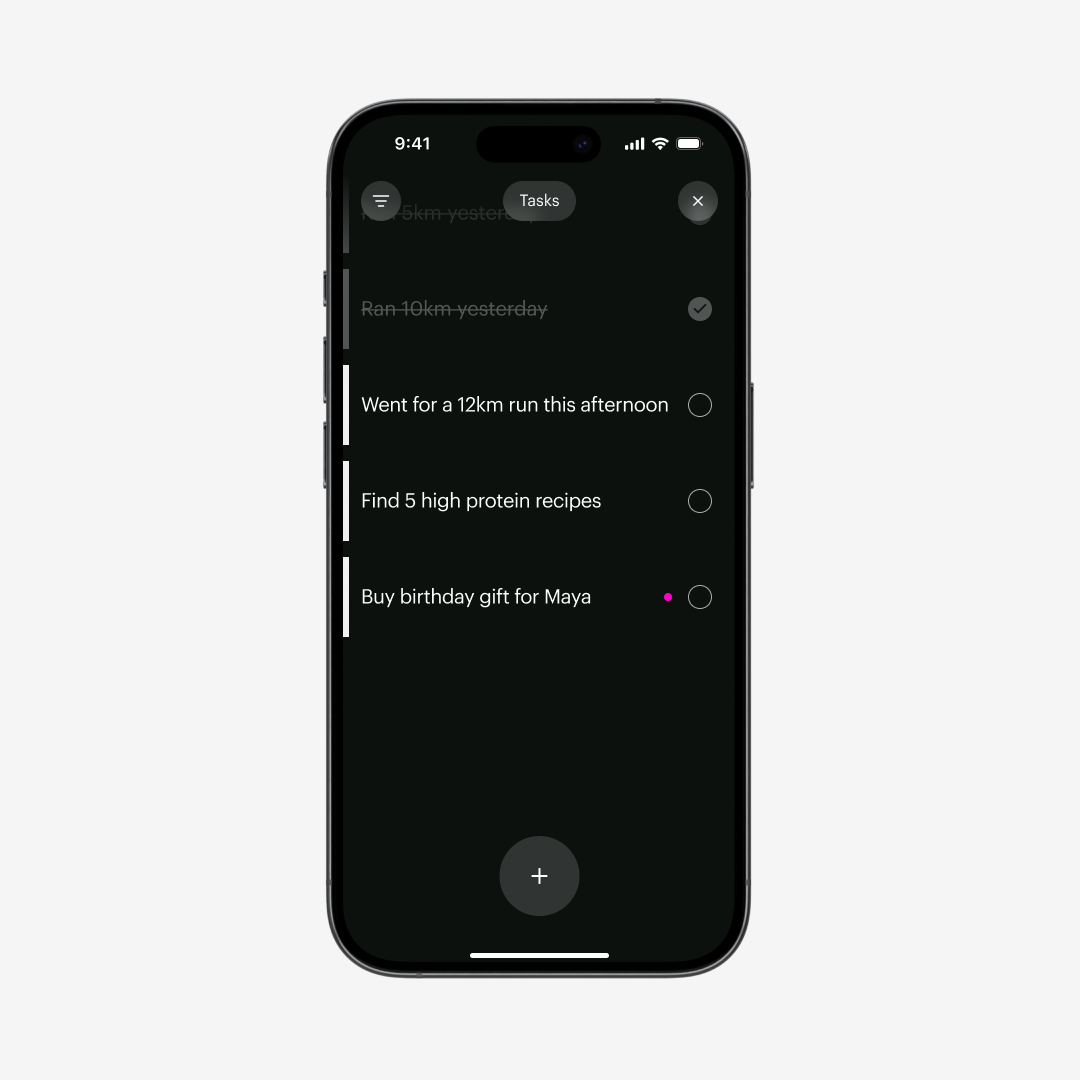
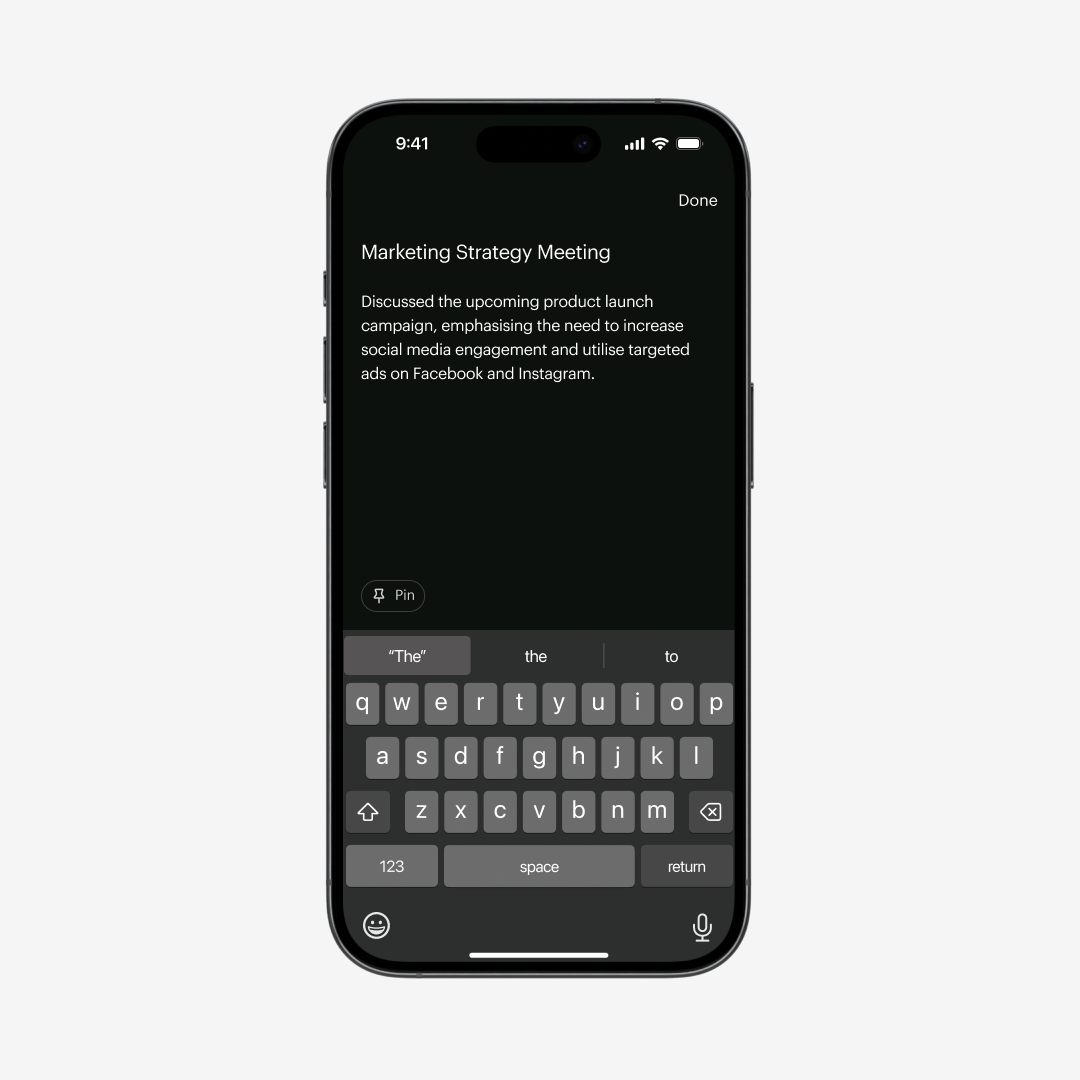
Design System
For a design system to work efficiently, a good set of foundations is needed. In collaboration with another designer, we created styles for colours, typography, grids, shadows, and effects.
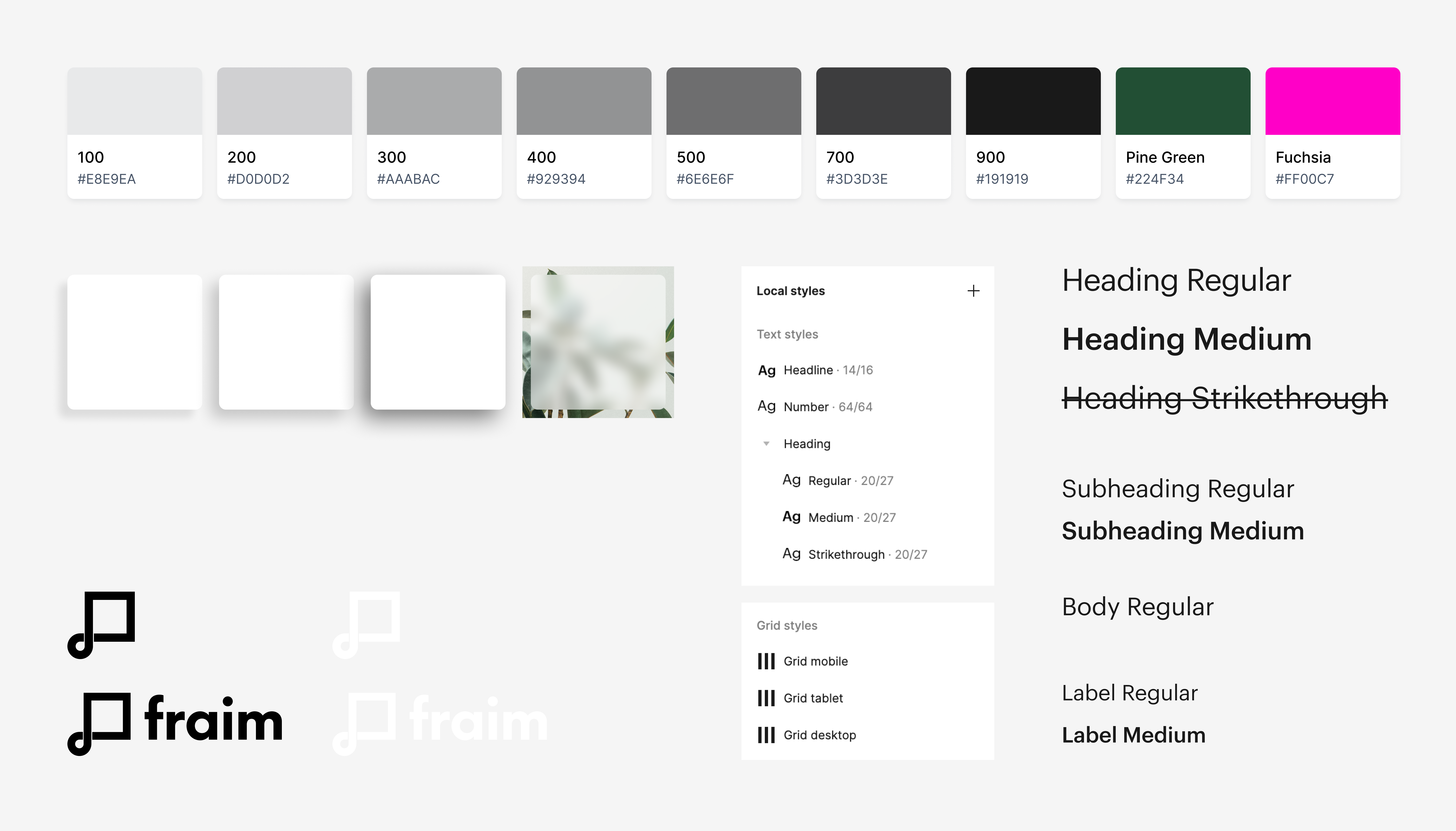
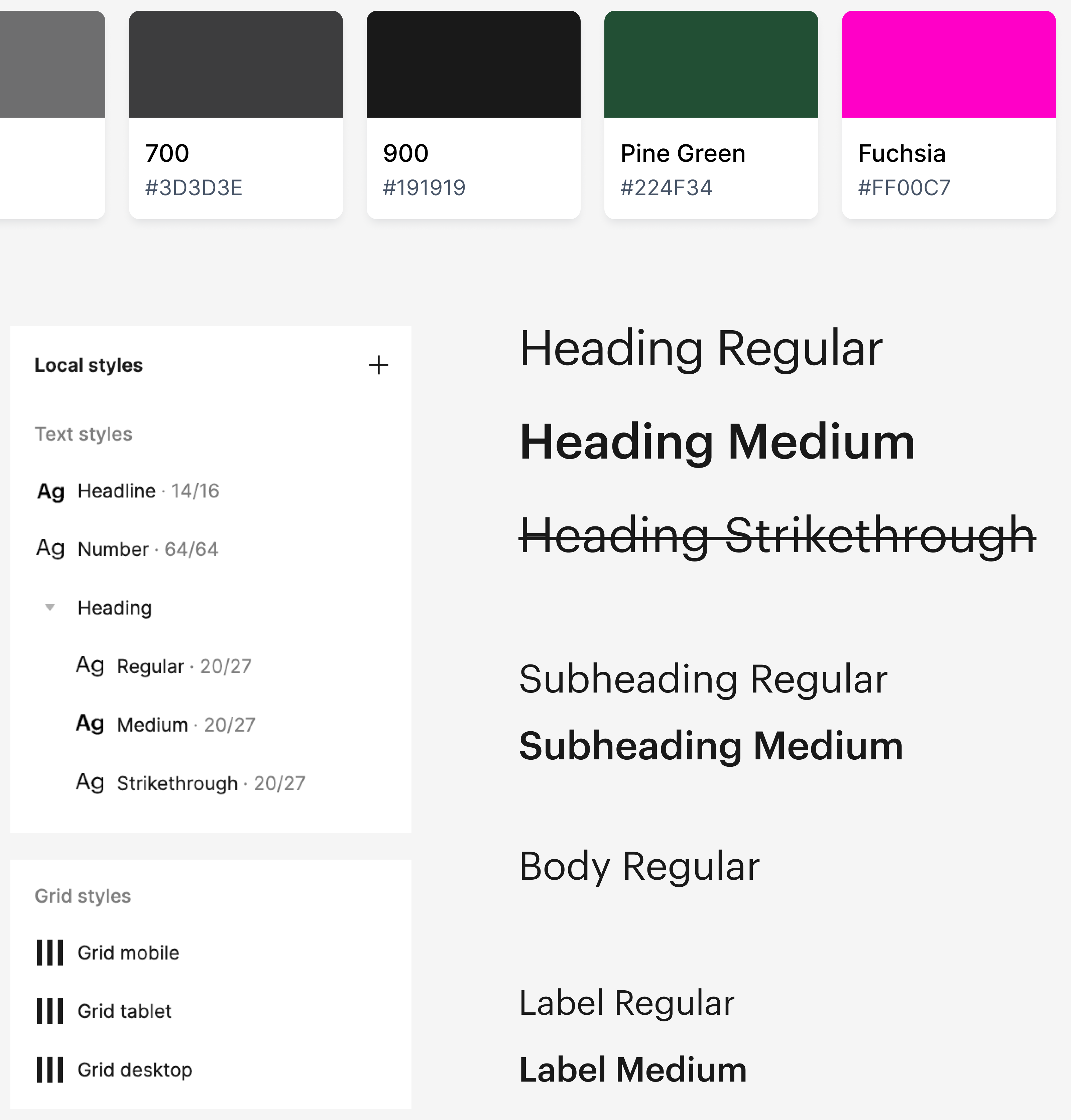
Using an atomic design approach for building components allowed for variations at the atomic level, instead of having a new component for every use case. This meant creating swappable elements for base components that were used repeatedly (buttons, inputs) and nesting them inside more complex components (cards, lists).

Post Launch
The launch of Fraim generated high levels of interest, with positive feedback on the aesthetically-pleasing, easy-to-use interface. With insights from customer success, we were able to determine that users had started forming daily habits around the app which was great news. However, as things started to settle down, we noticed that conversations was not the core feature that users were interacting with, suggesting that users were most likely manually creating and updating tasks.
To address this, we are focusing on educating our customers and creating informative content to drive the adoption of our core features. We are also continuing to monitor engagement levels to ensure that these features are consistently delivering value to users.


